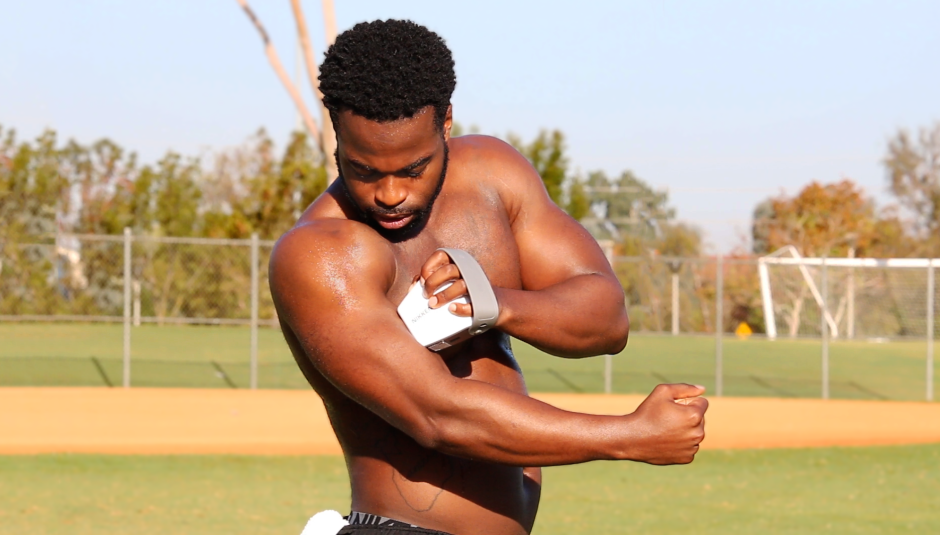Active Recovery as Part of Active Wellness
How much exercise is the right amount to maintain optimum health? We can generalize and offer guidelines but only you personally can determine how much and how often. By the same token, how we recover from working out is also a personal choice.
There are two basic ways to recover from strenuous workouts: passively or actively. Passive recovery is resting completely and not exercising at all. Active recovery involves mild exercise; in other words, moving in a way that doesn’t stress the body or challenge those already-tired muscles. Active recovery focuses on completing a workout at a low intensity, but just high enough that it gets the blood moving and helps reduce residual fatigue in the muscle.
Active recovery may have several distinct advantages. Some believe that staying active helps prime your body’s metabolic pathways of recovery, while the psychological benefits of active recovery are apparent for people who feel better when exercising daily—movement is known to be a mood enhancer. And, many people find it easier to adhere to their diets on workout days.1 In these ways, active recovery helps the body to rest without coming to a full stop, while taking care of any self-imposed guilt for not exercising at all.
Active recovery helps mobilize the joints, which need to move through their range of motion to be lubricated. It also gets the blood flowing through the muscles, which helps bring them nutrients to build new muscle as well as helping to carry away waste products. One of the best activities towards recovering is swimming. One study2 showed that a swimming based recovery session enhanced following day exercise performance, possibly due to the hydrostatic properties of water.
Since swimming is the primary workout for many, here are some other forms of active recovery:
- Massage. Research has proven that having a massage after exercise can speed up recovery time twice as fast as regular rest. This is due to the improved blood flow and nutrients to the body. When your bodily fluids are circulating readily, nutrients and oxygen are able to reach your muscles and other tissues. A post workout massage can unlock your muscles to help restore your original range of motion.3
- Walking. The amount and pace of walking you do on off days should be based on your current fitness level.
- Lighter Weight Lifting. Performing an exercise that made you particularly sore, but using a much lighter weight may be restorative. As a guide, use a weight at or below 30 percent of your usual weight, and perform one set shy of failure.4
- Restorative Yoga. There are many types of yoga, with some forms being extremely strenuous. Restorative yoga, on the other hand, is a tried-and-true recovery activity that not only increases flexibility, but also teaches proper breathing techniques and body control. Its mild flow also promotes circulation to help repair broken-down muscle tissues.5
To help you stay motivated and consistent on an Active Wellness lifestyle, here are some tips:
- Eat healthy carbs a couple of hours before strenuous activities to keep your body warm and energetic. This also helps prevent fatigue.
- Set exercise / weight goals and write them down.
- Reward yourself periodically as you achieve your goals, but not with food, so you don’t associate pleasure only with edible treats.
- Wear the Kenko Therm Duk Tape which may help your muscles and joints stay warm and supported.
- Massage your tired muscles with the Kenko Touch a device designed to help promote relaxation and relief.
- Support your back during and after a workout with theKenko Therm Back Beltthat can be worn alone but is designed with a back pocket that holds theKenko Mag Flex in place.

